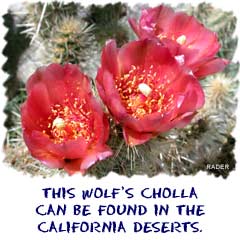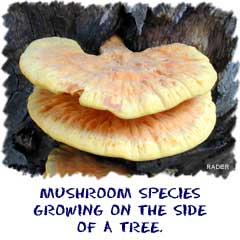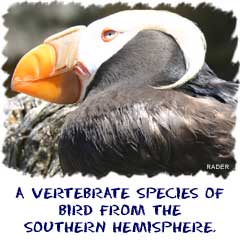 Now we get down to details. We already explained that kingdom is the general way that organisms are described. It is the broadest category for normal classification. Don't forget about the domain grouping, but we aren't talking about the subtle differences between prokaryotic species here. The top four kingdoms are...
Now we get down to details. We already explained that kingdom is the general way that organisms are described. It is the broadest category for normal classification. Don't forget about the domain grouping, but we aren't talking about the subtle differences between prokaryotic species here. The top four kingdoms are...
Protista
The protists are usually single celled organisms. They have a distinct nucleus. Some form colonies (or groups of single cells), some act more like animals (they move around and have large cells), and some are even like plants (algae, have chlorophyll and do photosynthesis). 
Fungi
This kingdom is made up of the decomposers (they absorb nutrients). Some of the members of this kingdom are fungi, slime molds, yeast, mold, and mushrooms.
Plantae
Plantae, hmmm... maybe these are plants? The characteristics of plants are that they have chlorophyll, cell walls (cellulose), and vacuoles. This kingdom also includes red, brown, and green algae. 
Animalia
Last, but certainly not least, are the animals. These are the most complex organisms on the planet. One big thing about animals is that they must eat other organisms to survive. They cannot create their own food because they do not contain chlorophyll. They are able to move around, and most have sense organs of some type. Because they have those sense organs, they have nervous systems. Animals include species such as anemone, insects, lizards, and mammals.
 Now we get down to details. We already explained that kingdom is the general way that organisms are described. It is the broadest category for normal classification. Don't forget about the domain grouping, but we aren't talking about the subtle differences between prokaryotic species here. The top four kingdoms are...
Now we get down to details. We already explained that kingdom is the general way that organisms are described. It is the broadest category for normal classification. Don't forget about the domain grouping, but we aren't talking about the subtle differences between prokaryotic species here. The top four kingdoms are... 








0 comments:
Post a Comment